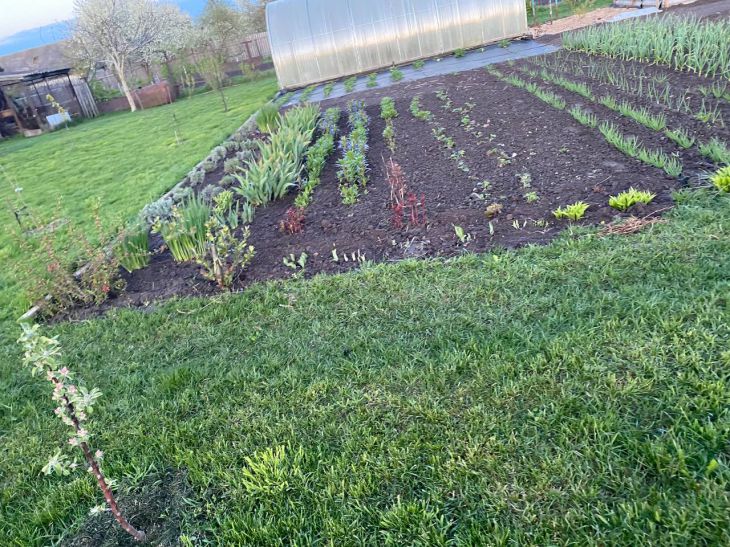You spend hundreds of rubles on fertilizers, but the harvest still resembles nature’s pathetic attempts to survive?
Maybe you just haven't looked in the baking section.
Regular baker's yeast, which has been gathering dust in your kitchen for years, is "black gold" for the garden. It will not only raise the dough, but also explode the growth of your plants like a rocket. But be careful: one wrong recipe - and instead of giant tomatoes you will get a swamp of mold and midges.

Yeast is a fungus that works as a natural stimulant. It secretes B vitamins, auxins and cytokinins — hormones that accelerate cell division. When you add a yeast solution to the soil, it activates beneficial bacteria, turning organic matter into easily digestible humus. Research at Wageningen University (Netherlands) has confirmed that yeast fertilizing increases cucumber yields by 25%, and the root system of plants becomes twice as powerful. But the secret is not in the yeast itself, but in its proper “awakening”.
How to prepare fertilizer:
- Dissolve 100 g fresh yeast (or 10 g dry) in 3 l warm water (+25–30°C).
- Add 5 tablespoons of sugar - this is "food" for the fungi.
- Leave the mixture to ferment for 2-3 hours in a warm place.
- Dilute the concentrate in 10 liters of water.
Water the plants at the root at a rate of 1 liter per bush once every 3 weeks. In just 5 days, you will see how the leaves become dense and glossy, and the stems thicken. For spraying, add 1 cup of wood ash to the solution - this will protect against aphids and powdery mildew.
But yeast is not a panacea. It works only in warm soil (+15°C and above), so do not use it in early spring or in cold greenhouses. Another trap: yeast absorbs potassium and calcium, depleting the soil. 2 days after fertilizing, be sure to add ash (1 cup per 1 m²) or crushed eggshells.
What crops does this work for:
- Tomatoes and peppers - yeast accelerates fruit setting.
- Strawberries - the berries become sweeter and the bushes produce more runners.
- Roses and peonies - buds become larger and flowering lasts longer.
Who is yeast harmful to:
- Onions and garlic - the heads soften and rot.
- Potatoes - excess yeast causes scab.
- Orchids and succulents - their roots do not tolerate fermentation.
Many gardeners make a fatal mistake: they pour undiluted solution directly onto the beds. This destroys the microflora and attracts slugs. Always dilute yeast in water and use the fertilizer only for healthy plants. If the leaves are already turning yellow or covered with spots, yeast will aggravate the problem.
Another myth: "Yeast replaces manure and mineral fertilizers." This is a lie. It only helps plants absorb nutrients, but does not contain nitrogen, phosphorus or potassium. Combine yeast with compost or complex preparations. For example, a week after yeast feeding, add superphosphate (20 g per 10 l of water).
But the main secret is yeast traps for pests. Mix 50 g of yeast, 100 g of sugar and 1 liter of water. Pour the mixture into plastic cups and place them between the beds. The smell of fermentation will attract slugs and ants, and the sticky mass will not let them escape. Change the traps every 3 days - and you will forget about chemicals.
After a month of experimenting with yeast, you won't recognize your garden. Tomatoes that used to produce 3-4 bunches will be covered with fruits like garlands. And cucumbers will start ripening a week earlier than your neighbors. And all this for pennies. The secret has already been revealed, but you can pretend that this is your "know-how." Or share it - let everything around bloom and smell.








